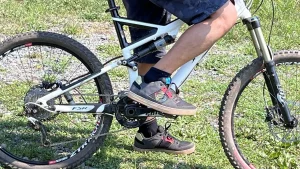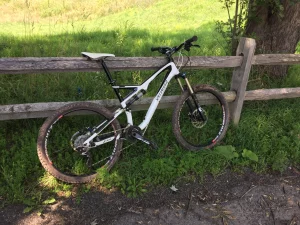What is Cyclist’s Knee?

Table of Contents
What is Cyclist's Knee?
- Overuse and Training Intensity: High-volume or high-intensity cycling without sufficient recovery can result in overuse injuries, with PFPS being one common manifestation.
- Improper Bike Fit: An incorrectly adjusted bicycle may place excessive strain on the knee joint, contributing to pain and discomfort. Issues with saddle height, fore/aft position, and cleat alignment are common culprits.
- Muscle Imbalances: An imbalance in the strength or flexibility of muscles surrounding the knee joint can alter biomechanics, leading to increased pressure on the patella and surrounding structures.
- Individual Anatomy: Certain anatomical factors, such as the alignment of the kneecap within the trochlear groove, can increase the likelihood of developing PFPS.
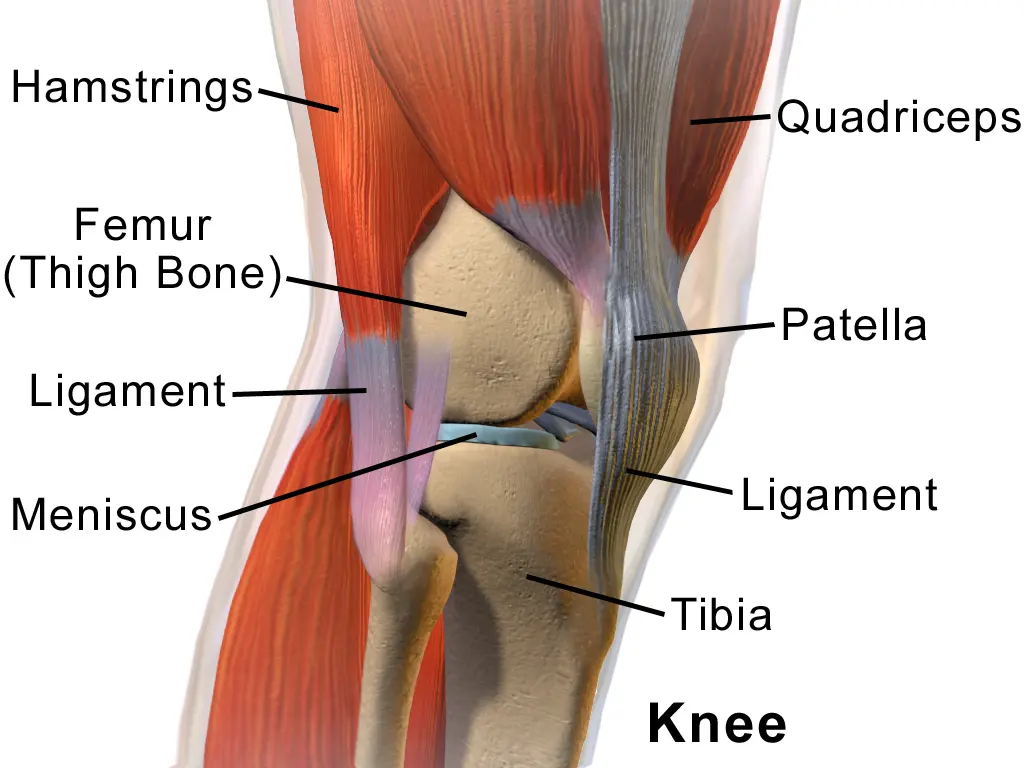
How Knee Pain Affects Cyclists
- Discomfort and Pain: Knee pain can cause discomfort and pain during cycling, making it difficult to maintain proper form or complete rides at your desired intensity.
- Reduced Power Output: As pain and discomfort set in, your ability to generate power during the pedal stroke may be compromised, affecting your overall speed and performance.
- Altered Pedal Stroke: Cyclists with knee pain may compensate by altering their pedal stroke, which can lead to further biomechanical issues and potential injuries.
- Limited Training Capacity: Dealing with knee pain may force cyclists to reduce their training volume or intensity, impacting their overall fitness and ability to compete.
- Inconsistent Performance: The discomfort and lack of consistent training can result in fluctuating performance levels, making it challenging to predict and achieve personal goals.
Common Signs of Cyclist's Knee
- Pain and Discomfort: Pain or discomfort felt around the kneecap, particularly during cycling or activities that involve bending the knee, is a key sign of cyclist’s knee. This pain may be described as dull, achy, or sharp and stabbing.
- Swelling and Tenderness: You may notice swelling around the kneecap, accompanied by tenderness when touching or applying pressure to the affected area.
- Crepitus: Cyclists with knee issues may experience crepitus, a grinding or popping sensation in the knee joint, which can be both felt and heard.
- Stiffness and Reduced Mobility: Your knee may feel stiff and less mobile, making it difficult to fully bend or straighten the leg.
- Increased Pain with Stairs or Inclines: Activities that involve climbing stairs, walking up or down inclines, or performing squats may exacerbate knee pain associated with cyclist’s knee.
- Swelling or inflammation: Some individuals may experience swelling or inflammation around the knee joint, particularly after cycling or prolonged periods of activity.
Tenderness to touch: The area around the kneecap may be tender to the touch, especially along the edges of the patella or the surrounding soft tissues.
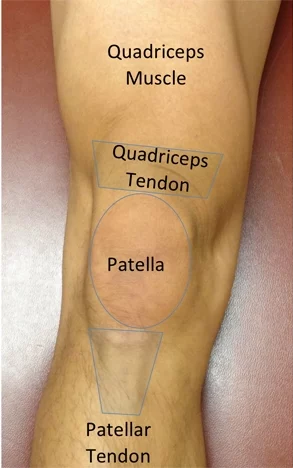
When Can I Restart Cycling?
- Consult a healthcare professional: Before resuming cycling, it’s essential to consult with a healthcare professional, such as a physical therapist or sports medicine physician, who can assess your condition and provide personalized recommendations based on your specific situation.
- Gradual return to activity: Once you’ve received clearance from your healthcare provider, start by gradually reintroducing cycling into your routine. Begin with short, low-intensity rides on flat terrain, and gradually increase the duration and intensity as tolerated.
- Listen to your body: Pay attention to how your knee responds during and after cycling sessions. If you experience any pain, discomfort, or swelling, scale back your activity level and give your knee time to rest and recover.
- Focus on proper technique: Pay attention to your cycling technique, including pedal stroke, gear selection, and posture. Avoid pushing through pain and prioritize proper form to reduce stress on the knee joint.
- Address underlying issues: Work with your healthcare provider to address any underlying factors contributing to your cyclist’s knee, such as muscle imbalances, bike fit issues, or improper training techniques. Addressing these factors can help prevent recurrence of the injury.
- Pain Subsides: Wait until your pain has significantly subsided or disappeared before attempting to restart cycling. Pain is an indicator that your body still needs time to heal
- Range of Motion and Strength Improve: As your knee’s range of motion and strength start to improve through rest and targeted exercises, you may be able to gradually reintroduce cycling.
- Proper Bike Fit Adjustments: Address any issues with your bike fit before restarting cycling to minimize the risk of further knee irritation. A professional bike fit can help ensure a comfortable and ergonomic riding position.
- Short, Low-intensity Rides: When you’re cleared to resume cycling, begin with short, low-intensity rides on flat terrain, and monitor your knee’s response to the activity.
- Gradual Increase in Training Volume: If your knee responds well to short rides, gradually increase your cycling volume by no more than 10% per week to allow your body time to adapt.
- Cross-training and strengthening: Incorporate cross-training activities and strength training exercises that target the muscles around the knee, such as the quadriceps, hamstrings, and glutes. This can help improve muscle balance and stability, reducing the risk of future knee injuries.
- Monitor progress: Keep track of your progress over time and be patient with your recovery. It may take several weeks or even months to fully rehabilitate from cyclist’s knee, so be gradual and consistent in your approach.
Does Weather Impact Knee Injuries for Cyclists?
Yes, weather can potentially impact knee injuries for cyclists, although the extent of this impact can vary depending on several factors:
-
Temperature: Extreme temperatures, whether hot or cold, can affect joint health. Cold weather, in particular, can cause muscles and ligaments to tighten, increasing the risk of injury. Conversely, warm weather can lead to dehydration and fatigue, which may affect cycling performance and increase the likelihood of overuse injuries.
-
Humidity: High humidity levels can contribute to discomfort during cycling, potentially exacerbating existing knee pain or increasing the risk of injury due to reduced flexibility and increased stress on the joints.
-
Precipitation: Wet or slippery road conditions caused by rain or snow can increase the risk of accidents and falls, which may result in traumatic knee injuries such as ligament sprains or fractures.
-
Barometric pressure changes: Some individuals with knee pain report increased discomfort during changes in barometric pressure, which often occur before weather fronts. However, scientific evidence linking barometric pressure changes directly to knee pain is limited and varies among individuals.
-
Wind: Strong winds can affect cycling stability and control, especially when riding at high speeds or on open roads. Cyclists may compensate for wind resistance by altering their pedal stroke or body position, potentially leading to overuse injuries or exacerbating existing knee issues.
While weather conditions can influence knee injuries for cyclists, proper preparation, including warm-up exercises, appropriate clothing, and bike maintenance, can help mitigate some of these risks. Additionally, adjusting cycling routes or training plans based on weather forecasts can help minimize exposure to unfavorable conditions and reduce the likelihood of injury. To minimize the impact of weather on knee injuries while cycling, ensure that you’re properly prepared for the conditions by wearing appropriate clothing, staying hydrated, and adjusting your training intensity and duration as needed.
Strong Knees for Strong Rides
Happy Riding!
I hope you found this useful and informative. Please check out my other posts on how to address IT Band Knee Pains and handlebar palsy. And a related podcast on injuries and prevention.

